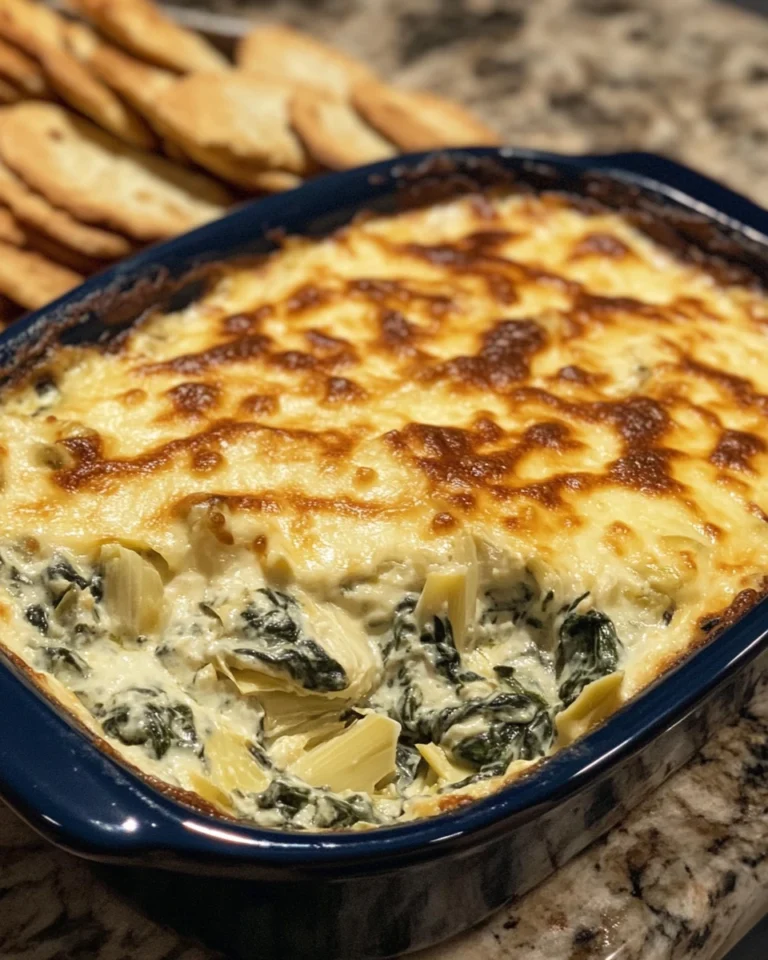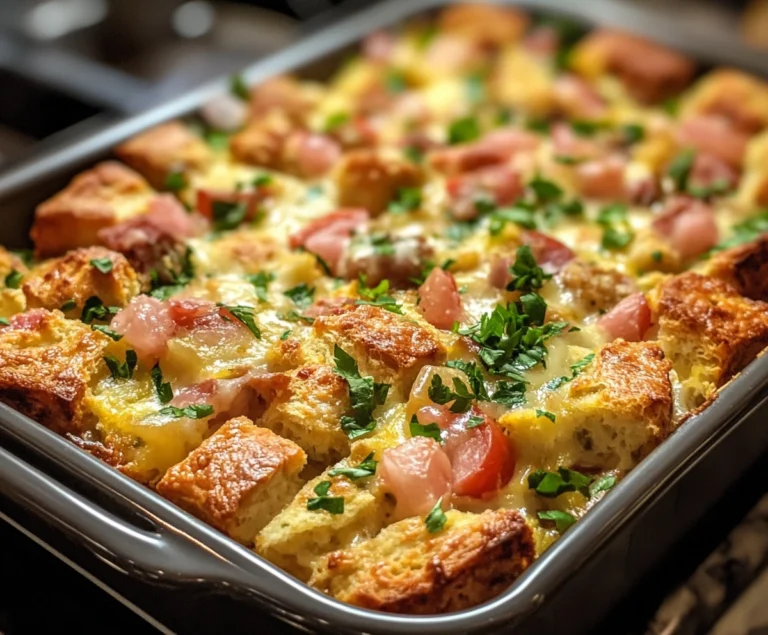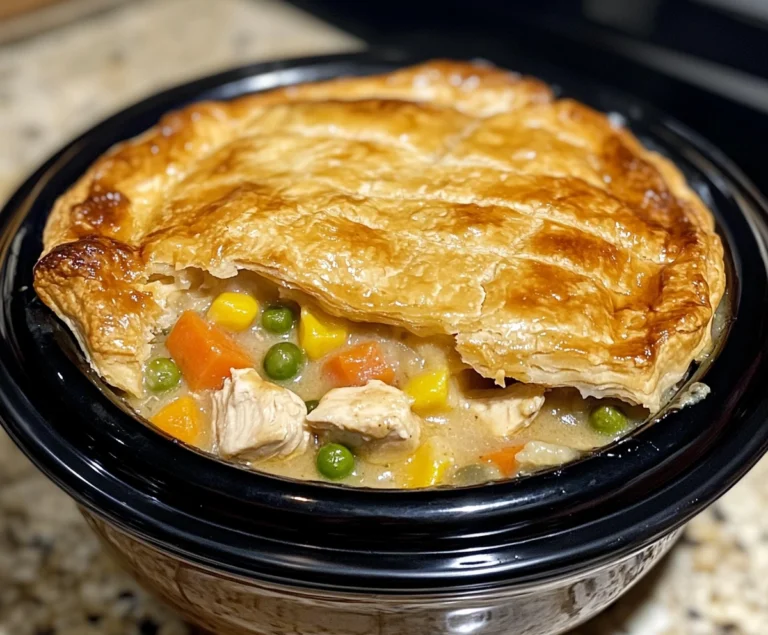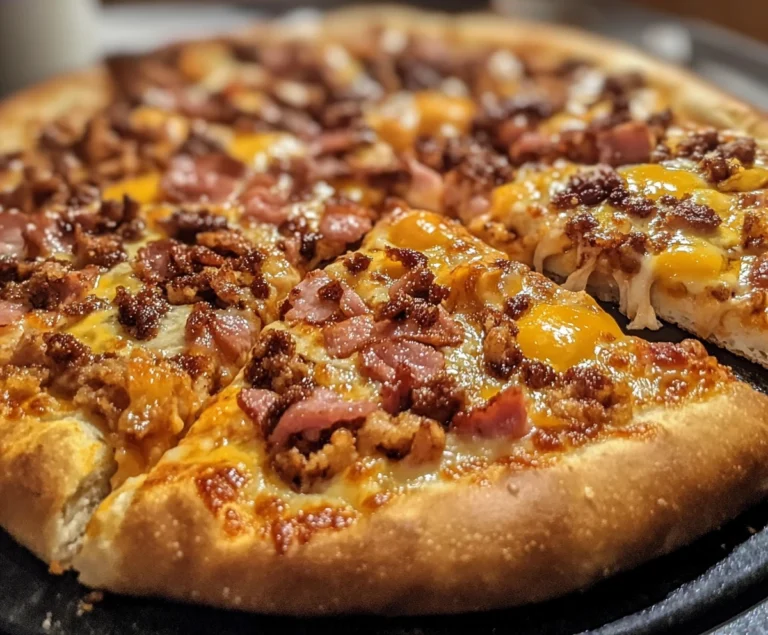Chicken Masala vs Chicken Tikka Masala: Key Differences
Indian cuisine is famous for its aromatic spices and rich flavors. Two dishes that often cause confusion areChicken Masala and Chicken Tikka Masala . While both are immensely popular worldwide, they have notable differences in ingredients, cooking methods, and flavor profiles. In this guide, we’ll break down everything you need to know about , from their historical roots to their nutritional values.
Whether you’re a seasoned fan of Indian cuisine or new to these dishes, this guide will help you fully appreciate the nuances that make Chicken Masala and Chicken Tikka Masala unique.
1. What is Chicken Masala?
1.1 The History of Chicken Masala
Has deep roots in Indian cuisine, where it evolved as part of the country’s rich culinary traditions. The term “masala” refers to a blend of ground spices, which varies by region and even by household. Each version of reflects the individual cook’s spice blend preferences, but the core of the dish remains the same—a spicy, flavorful curry made with either bone-in or boneless chicken.
Chicken Masala is a staple in Indian homes, often made for family meals and special occasions. Depending on the region, the dish can vary significantly. For example, Northern Indian versions of the dish might be richer, often incorporating yogurt or cream, while Southern Indian versions may use coconut milk or more fiery chilies. The adaptability of the dish has allowed it to thrive and spread across the globe.
1.2 Key Ingredients of Chicken Masala
The essence of Chicken Masala lies in its spice blend and aromatics. Here’s a breakdown of the typical ingredients used:
- Chicken: Traditionally, bone-in chicken is used, as it adds more depth to the curry sauce. However, boneless chicken is also common.
- Spices (Masala): The spice mix includes cumin, coriander, turmeric, garam masala, and red chili powder. Some recipes also include mustard seeds and fennel.
- Aromatics: Onions, garlic, and ginger are typically sautéed to create the base of the sauce.
- Tomatoes: Fresh or canned tomatoes form the sauce, lending a tangy flavor that balances the spices.
- Yogurt or Cream (Optional): Depending on the region, some recipes call for yogurt or cream to soften the spices and enrich the sauce.
- Oil or Ghee: The dish is usually cooked in oil or ghee (clarified butter), which adds richness to the dish.
1.3 How to Cook Chicken Masala
Cooking Chicken Masala is a straightforward process, though the specific steps can vary depending on the recipe. Below is a general method for preparing this dish:
- Marinate the Chicken: While marinating is optional, it enhances the flavor. Mix the chicken with yogurt, cumin, coriander, turmeric, and garam masala, and let it sit for at least 30 minutes.
- Prepare the Curry Base: Heat oil or ghee in a large pan. Sauté onions, garlic, and ginger until they turn golden brown. Add the tomatoes and spices, then let the mixture simmer until it thickens.
- Cook the Chicken: Add the marinated chicken to the pan and cook until it is fully tender and infused with the curry flavors. This usually takes 20-30 minutes.
- Serve: Garnish with fresh cilantro and serve with naan, roti, or steamed rice.
For more delicious chicken recipes, including those with crispy textures, check out this baked chicken cutlet recipe.
2. What is Chicken Tikka Masala?
2.1 The History
While Chicken Masala has traditional Indian roots, Chicken Tikka Masala is a product of fusion cuisine. Most sources suggest that the dish was created in the UK in the 1970s by Indian chefs who were trying to cater to British palates. The story goes that a customer asked for some sauce with his chicken tikka, and the chef improvised by adding a tomato-based, creamy sauce to the grilled chicken. Over time, this evolved into the well-known dish we have today.
Despite its origins in the UK, Chicken Tikka Masala retains many characteristics of traditional Indian cuisine, particularly the use of a spice marinade and char-grilled chicken. Today, it’s one of the most popular dishes in British Indian restaurants and is often regarded as a symbol of British-Indian cuisine.
2.2 Key Ingredients
The ingredients are similar to those used in Chicken Masala, but there are some key differences:
- Chicken Tikka: Boneless chicken pieces are marinated in yogurt, lemon juice, garlic, and spices. The chicken is then grilled or baked, giving it a distinct smoky flavor.
- Tomato-Based Sauce: Like , the sauce uses tomatoes as a base. However, the addition of cream or butter gives Chicken Tikka Masala a richer and smoother texture.
- Spices: Cumin, coriander, turmeric, and garam masala are used, but often in more moderate amounts than in Chicken Masala. Some versions of the dish also include paprika for added color.
- Cream or Yogurt: The sauce is made creamy by adding dairy, such as cream, yogurt, or butter, which balances the spices and makes the dish milder.
- Oil or Ghee: This dish is typically cooked in oil or ghee, similar to Chicken Masala.
2.3 How to Cook
The process of making Chicken Tikka Masala involves two main steps: grilling the chicken and preparing the sauce.
- Marinate the Chicken: In a large bowl, mix yogurt, lemon juice, garlic, ginger, cumin, paprika, and garam masala. Coat the chicken and let it marinate for at least an hour (overnight for best results).
- Grill the Chicken: Skewer the marinated chicken pieces and grill or bake them until slightly charred. The grilling adds a smoky flavor to the dish.
- Prepare the Sauce: In a separate pan, sauté onions, garlic, and ginger. Add the tomatoes and spices, then simmer until the sauce thickens. Stir in cream or yogurt for a smooth, rich texture.
- Combine and Serve: Add the grilled chicken to the sauce and simmer for another 10-15 minutes. Garnish with cilantro and serve with naan or rice.
For more ideas on grilled chicken recipes, try this honey bourbon barbecue chicken recipe, which offers another take on spiced, grilled chicken.
3. Key Differences Between Chicken Masala and Chicken Tikka Masala
Although both dishes share some core ingredients and a similar heritage, several important distinctions set them apart.
3.1 Cooking Method
The preparation of the chicken is one of the most noticeable differences between these two dishes.
- Chicken Masala: The chicken is cooked directly in the sauce, which allows the flavors from the sauce to fully penetrate the meat.
- Chicken Tikka Masala: The chicken is marinated and grilled separately, giving it a smoky flavor before being added to the creamy sauce. This two-step process creates a more layered flavor profile.
3.2 Sauce Consistency
The consistency of the sauce also differs between the two dishes.
- Chicken Masala: The sauce is usually spicier and more rustic, with chunks of tomatoes and onions. It can range from thick to thin, depending on the recipe, but it’s generally more robust than creamy.
- Chicken Tikka Masala: The sauce is smooth, creamy, and rich due to the addition of cream or butter. It has a velvety texture and tends to be milder than Chicken Masala.
3.3 Flavor Profile
The overall flavor profile of each dish reflects the differences in preparation and ingredients.
- Chicken Masala: The dish has a bold, spicy flavor, thanks to the heavy use of spices. The sauce is often tomato-forward and carries an earthier, more traditional Indian taste.
- Chicken Tikka Masala: The grilled chicken adds a smoky flavor to the dish, while the creamy sauce provides a mild, slightly sweet counterbalance to the spices. It’s a dish that blends the best of both Indian and British culinary traditions.
For a closer look at how cooking methods can change the flavor of chicken, you might also enjoy this article on brining chicken.
4. Nutritional Differences Between Chicken Masala and Chicken Tikka Masala
While both dishes use chicken as the main ingredient, they differ significantly in their nutritional content due to their preparation methods and the use of additional ingredients like cream or butter.
4.1 Calories and Fat Content
- Chicken Masala: This dish tends to be lower in calories compared to Chicken Tikka Masala. The absence of cream or butter makes it lighter, and the use of tomatoes and spices keeps the calorie count lower. One serving of Chicken Masala typically contains around 300-400 calories, depending on portion size and the use of oil or ghee.
- Chicken Tikka Masala: The inclusion of cream, butter, and the grilling of the chicken adds more calories and fat. On average, a serving of Chicken Tikka Masala contains between 400-600 calories. The creamy sauce also increases the saturated fat content, which can make this dish richer but less heart-healthy.
4.2 Protein Content
Both dishes are excellent sources of protein because they are made with chicken. However, grilled chicken (as used in Chicken Tikka Masala) may have a slightly higher protein content due to water loss during the grilling process, which concentrates the protein in the meat.
4.3 Carbohydrates
Neither dish is particularly high in carbohydrates unless you serve them with naan, roti, or rice. The sauce in both dishes contains tomatoes, which contribute some carbohydrates, but the main source of carbs would come from the side dishes typically served with them.
4.4 Healthier Alternatives
If you’re looking to make these dishes healthier, here are a few tips:
- For Chicken Masala: Use less oil or ghee to reduce the fat content. You can also increase the vegetable content by adding more tomatoes or greens to the sauce.
- For Chicken Tikka Masala: Substitute heavy cream with low-fat yogurt or coconut milk to lighten the sauce. You can also reduce the amount of butter used in the recipe.
For more healthy chicken recipes, consider exploring this thin chicken breast recipe for a lighter alternative.
5. The Cultural Significance of Chicken Masala and Chicken Tikka Masala
5.1 Chicken Masala’s Place in Indian Cuisine
Chicken Masala holds a significant place in Indian cuisine. It’s a dish that reflects the regional diversity of India, with each region using slightly different ingredients and cooking techniques. In Northern India, you may find richer versions of the dish that include yogurt or cream, while in Southern India, the dish may feature coconut milk and more fiery chilies.
In Indian households, Chicken Masala is often prepared for family gatherings and special occasions. Its versatility allows it to be adapted based on the occasion, the season, or even the cook’s personal preferences. The dish’s deep flavor and ability to absorb a variety of spices make it a true representative of Indian home cooking.
5.2 Chicken Tikka Masala as a Symbol of British-Indian Fusion
On the other hand, Chicken Tikka Masala represents the fusion of Indian and British cuisines. Although it originated in the UK, the dish has become a favorite worldwide. Its creamy texture and moderate spice level make it more accessible to those who might not be accustomed to the bold flavors of traditional Indian cuisine.
In the UK, Chicken Tikka Masala has become such a cultural icon that some even refer to it as the “national dish.” It’s a prime example of how food can bridge cultural divides and create something new and delicious.
6. Cooking Chicken Masala and Chicken Tikka Masala at Home
6.1 Step-by-Step Recipe for Chicken Masala
If you’re ready to try cooking Chicken Masala at home, follow these steps:
- Marinate the Chicken: Mix yogurt with spices like cumin, coriander, turmeric, and garam masala. Coat the chicken and let it marinate for 30 minutes to enhance the flavor.
- Prepare the Curry Base: Heat oil or ghee in a large pan. Sauté onions, garlic, and ginger until they turn golden brown. Add the tomatoes and spices, and cook until the sauce thickens.
- Cook the Chicken: Add the marinated chicken to the pan and simmer until it’s fully tender. This process usually takes about 20-30 minutes.
- Garnish and Serve: Top with fresh cilantro and serve with naan, rice, or roti.
6.2 Step-by-Step Recipe for Chicken Tikka Masala
To make Chicken Tikka Masala, follow these instructions:
- Marinate the Chicken: In a bowl, mix yogurt, lemon juice, garlic, ginger, cumin, paprika, and garam masala. Let the chicken marinate for at least an hour (overnight for best results).
- Grill the Chicken: Skewer the marinated chicken and grill or bake until slightly charred. This step adds a smoky flavor to the dish.
- Prepare the Sauce: In a separate pan, sauté onions, garlic, and ginger. Add tomatoes, cream, and spices, and simmer until the sauce thickens.
- Combine and Serve: Add the grilled chicken to the sauce and simmer for another 10-15 minutes. Garnish with cilantro and serve with naan or rice.
For more slow-cooked chicken ideas, check out this slow cooker chicken fajita recipe.
7. FAQs About Chicken Masala and Chicken Tikka Masala
Is Chicken Tikka Masala Spicier Than Chicken Masala?
No, Chicken Tikka Masala is generally milder because of the cream and butter used in the sauce. Chicken Masala often has a more robust and spicier flavor profile due to the heavier use of spices.
Which Dish Is Healthier?
Chicken Masala is typically healthier because it doesn’t rely on cream or butter, making it lower in fat and calories. However, both dishes can be adapted to be healthier by using low-fat ingredients or reducing the amount of oil or ghee.
Can You Use the Same Spices for Both Dishes?
Yes, both dishes use similar spices like cumin, coriander, turmeric, and garam masala. However, the preparation methods and the balance of spices differ, which gives each dish its unique flavor.
What’s the Best Side Dish for Chicken Masala and Chicken Tikka Masala?
Both dishes pair well with naan, roti, or rice. You can also serve them with a side of yogurt or raita to cool down the spices.
8. Conclusion: Which Dish Should You Choose?
The choice between Chicken Masala and Chicken Tikka Masala ultimately comes down to personal preference. If you prefer a dish with bold, spicy flavors and a more rustic sauce, Chicken Masala might be the best option for you. On the other hand, if you enjoy a creamier, milder dish with a hint of smokiness from grilled chicken, then Chicken Tikka Masala would be an excellent choice.
Both dishes offer a rich taste of Indian cuisine, each with its own unique flair. Whether you’re making them at home or enjoying them at a restaurant, these dishes provide a delicious and satisfying meal for any occasion.
For more recipes and cooking tips, be sure to visit this guide to different chicken dishes. Whether you’re a seasoned cook or a beginner in the kitchen, there’s something for everyone to enjoy!







